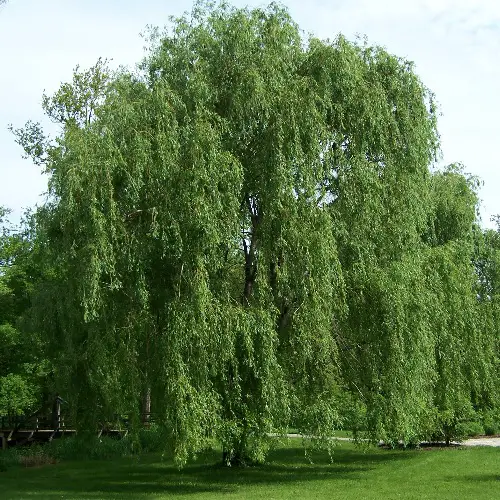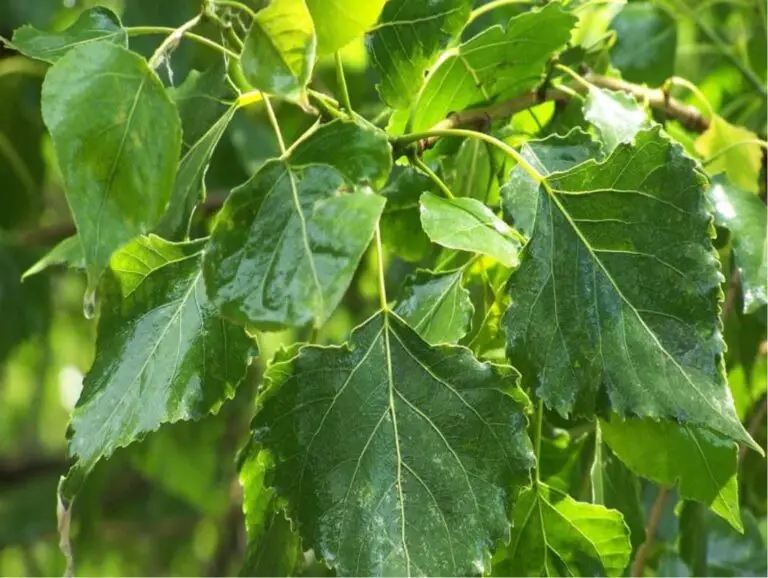In the Shadows of Willows: Unveiling the Mystique of Salix spp. for Gardening Enthusiasts
For centuries, willows have quietly weaved their influence through our landscapes, folklore, and even pharmacopoeias. Yet, to the casual observer, they often stand in the shadows of more flamboyant flora. This post is a tribute to the underappreciated charm and utility of willows—more specifically, the members of the Salix spp.—and aims to shed light on their diverse and captivating nature for gardening aficionados.
Understanding Salix spp.
The Botanical Aspect
Willows, a genus in the family Salicaceae, are deciduous trees and shrubs found predominantly in the northern hemisphere. The name ‘Salix’ is believed to have originated from the Celtic word ‘sal,’ meaning near, and ‘lis,’ meaning water, highlighting their frequent proximity to water bodies in nature.

Variety in Virtue
The Salix genus is not one of uniformity but one of splendid diversity. There are over 400 species and countless cultivars that showcase an incredible range of shapes, sizes, and features. From the slender leaves of the weeping willow (Salix babylonica) to the vibrant stridency of the cardinal red osier (Salix alaxensis), each species paints a different story on the canvas of an observer’s mind.
Benefits of Growing Willows
Aesthetic Harmony
The graceful, cascading form of the weeping willow or the unyielding verticality of the white willow (Salix alba) contribute an ethereal mood to any landscaped setting. In each season, their continuous metamorphosis tells a different tale, making them an enchanting focal point in gardens and parks.
Guardians of Nature
Willows play a pivotal role in the ecosystem, their extensive root systems preventing soil erosion, particularly along watercourses. They offer shade and shelter to a plethora of fauna, further enhancing the biodiversity of their surroundings.
Hidden Powers
Beyond their ornamental and ecological role, willows have long been recognized for their medicinal properties. The bark of some species is a natural source of salicin, a compound used in the synthesis of aspirin. Similarly, they have been employed in traditional medicine for their anti-inflammatory and pain-relieving properties.
Caring for Willows
The Planting Ritual
Willows are generally easy to grow, with the saplings often looking like mere twigs at the time of planting. They prefer moist, well-drained soil with exposure to full sun. Remember, when planting, take time to space the saplings correctly, giving them enough room to grow into their characteristic form.
Nurturing Your Willow
Regular watering during dry spells is essential for young willows, as they establish their root systems. Mature trees usually thrive without intervention, as their roots can seek water sources deep within the ground.
Pests and Predicaments
While generally hardy, willows can be susceptible to a few pests and diseases, most commonly, canker, and powdery mildew. Careful observation and prompt action, when necessary, can help maintain the health of these trees.

Creative Uses of Willow in Gardening
Beyond Ornamentation
The pliability and durability of willow branches make them an ideal material for crafts, especially basket weaving. The skillful intertwining of their stems can create anything from rustic containers to intricate works of art.
A Natural Weave
Gardeners with a flair for the creative can use live willow branches to fashion living structures. Arches, domes, and fences can be fashioned from the supple branches and will, over time, put on a living display of green architecture as the branches grow and merge into a boundless pattern.
Conclusion
The genus Salix offers a treasure trove of opportunity for gardeners, whether it be in tending to the aesthetic richness of the landscape, crafting with the boughs, or cherishing its valuable place in the ecosystem. It is through the sustained appreciation and understanding of seemingly humble yet profoundly graceful entities like willows that we chart a holistic and fulfilling course for our gardens and ourselves. I encourage all green fingers to consider the willow for their next growing endeavor—may it be the start of a beautiful, enduring relationship.






